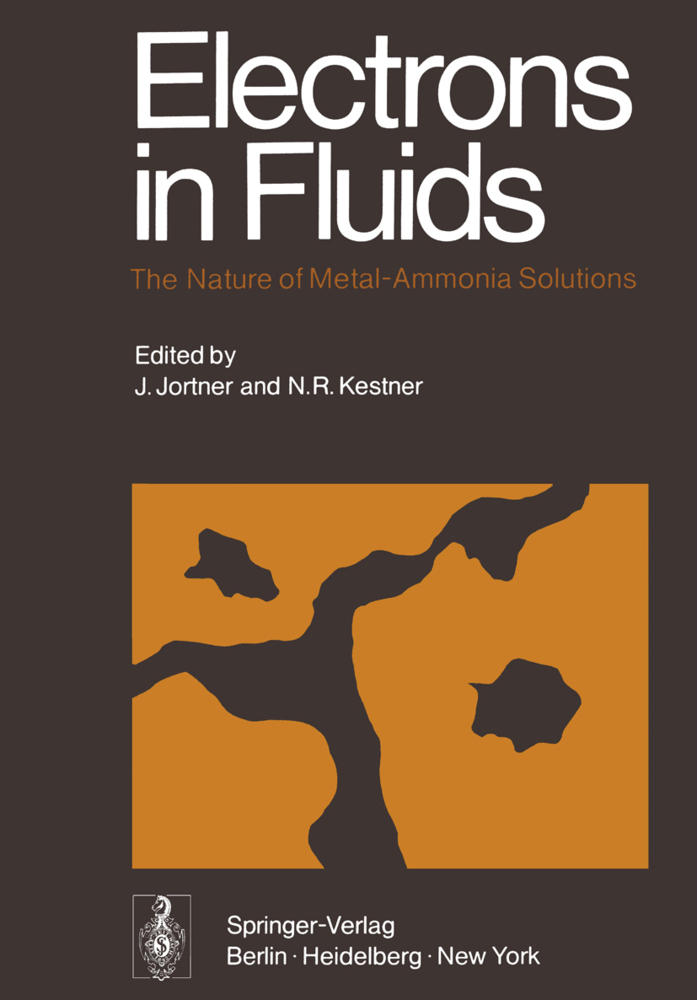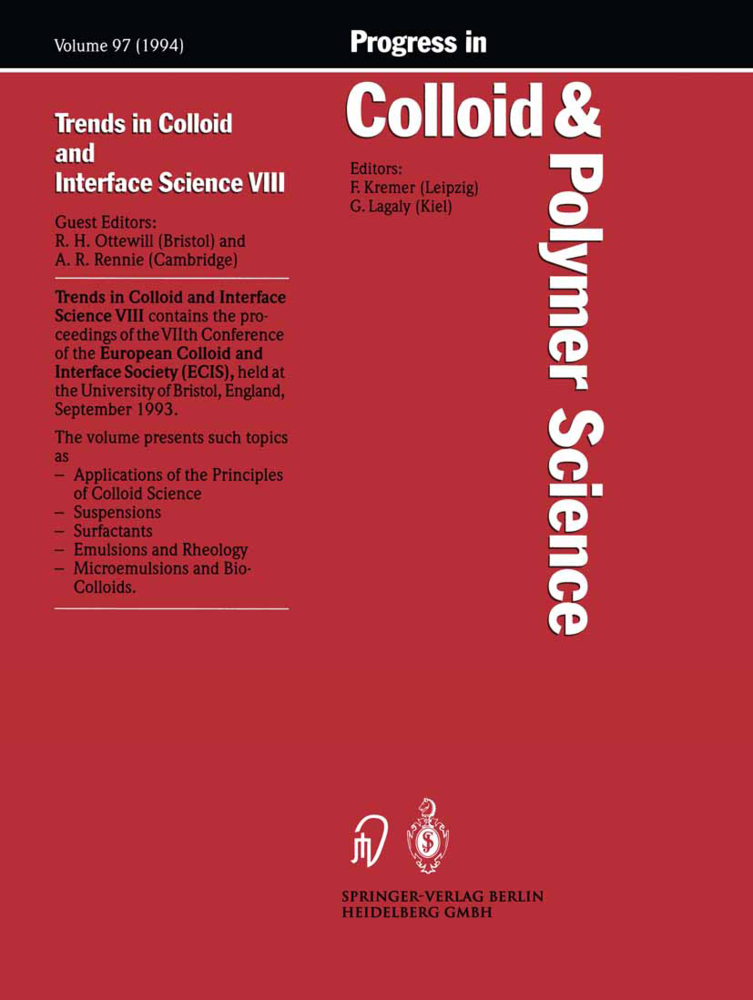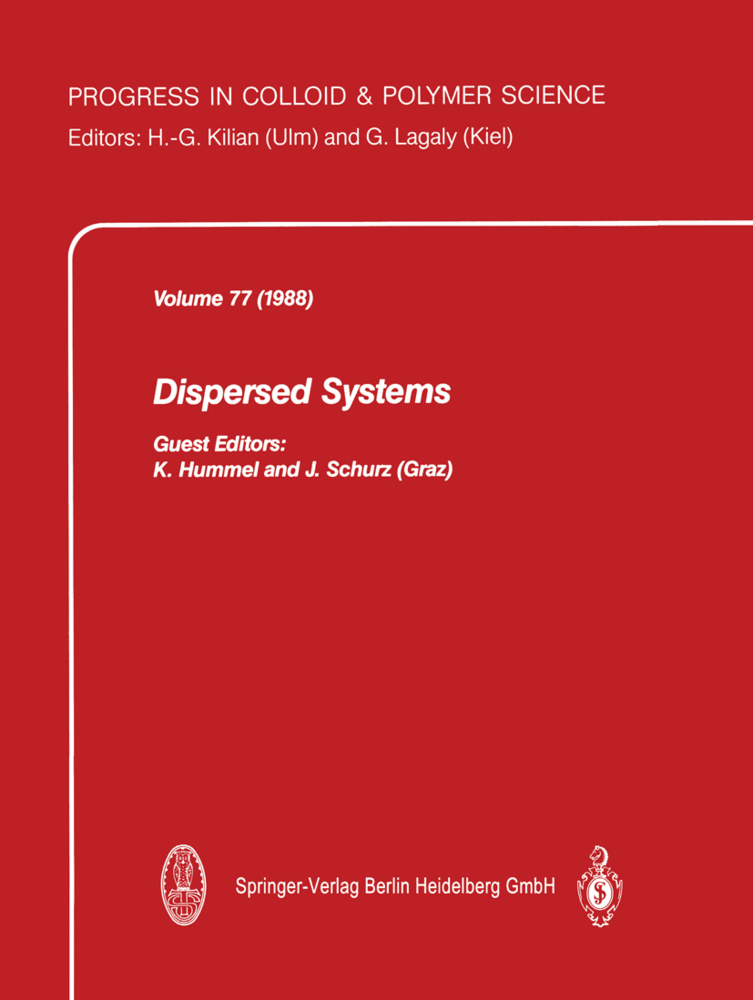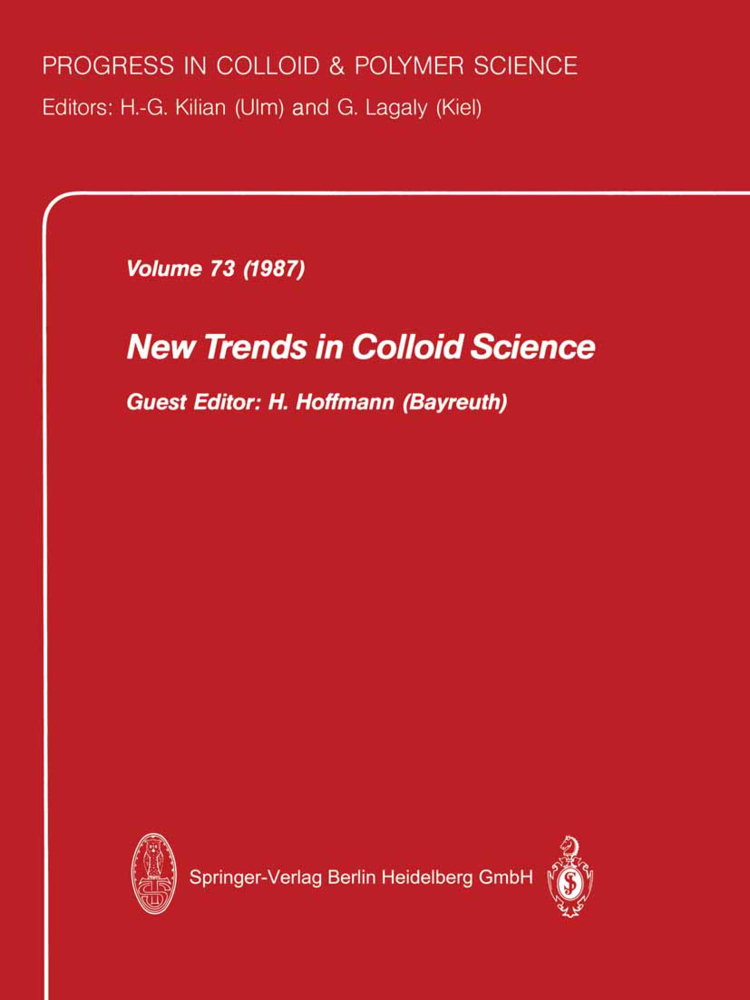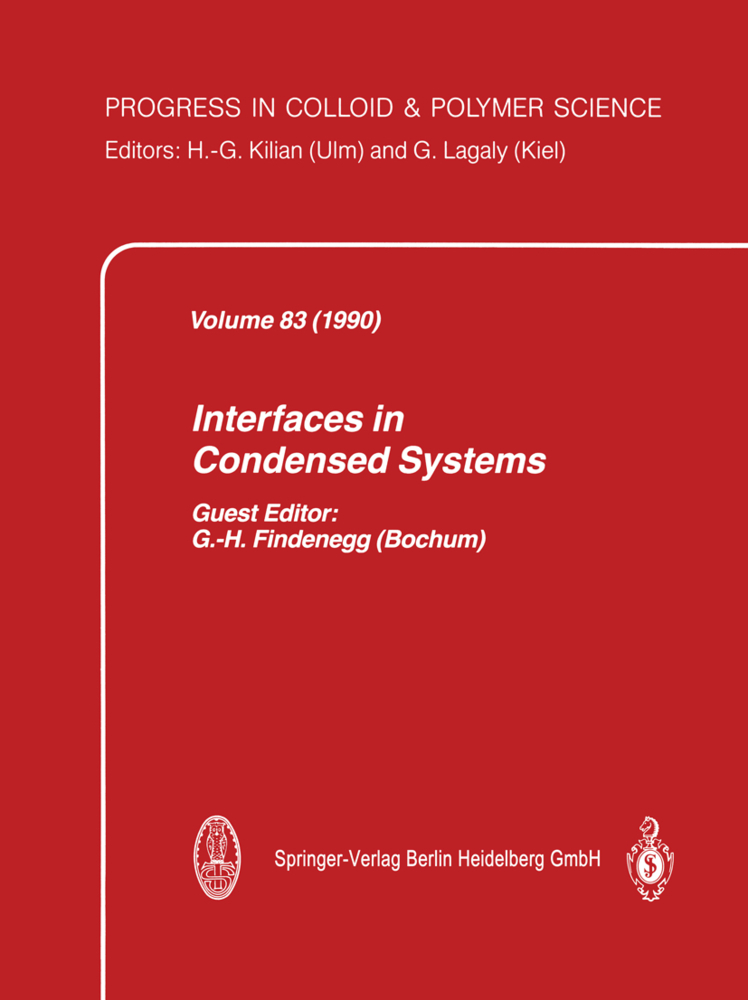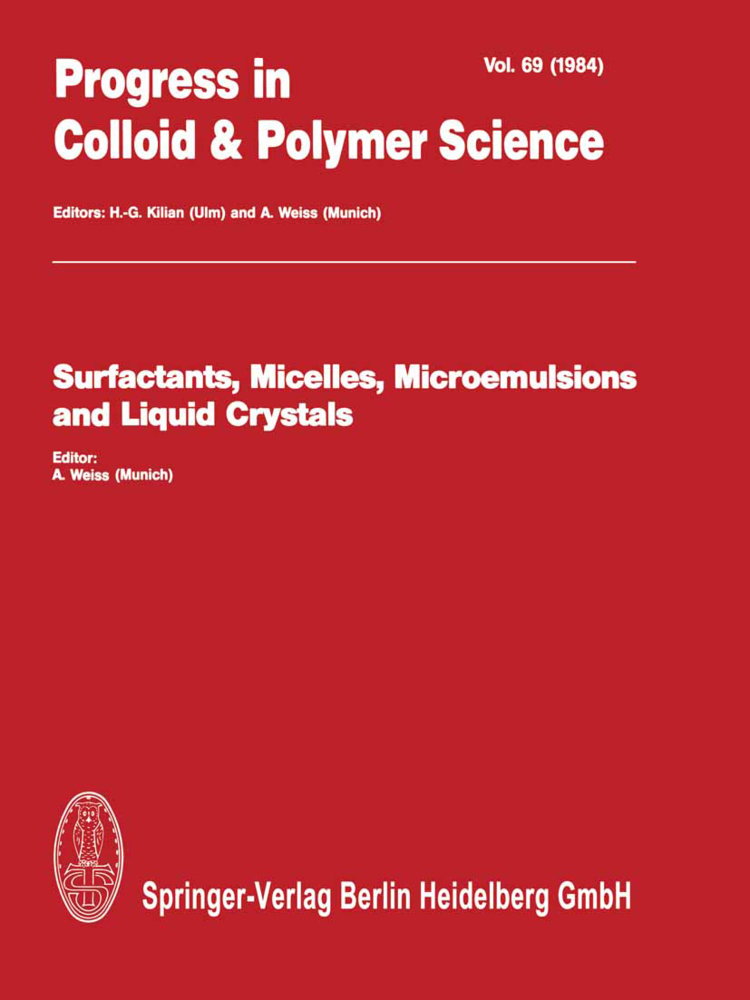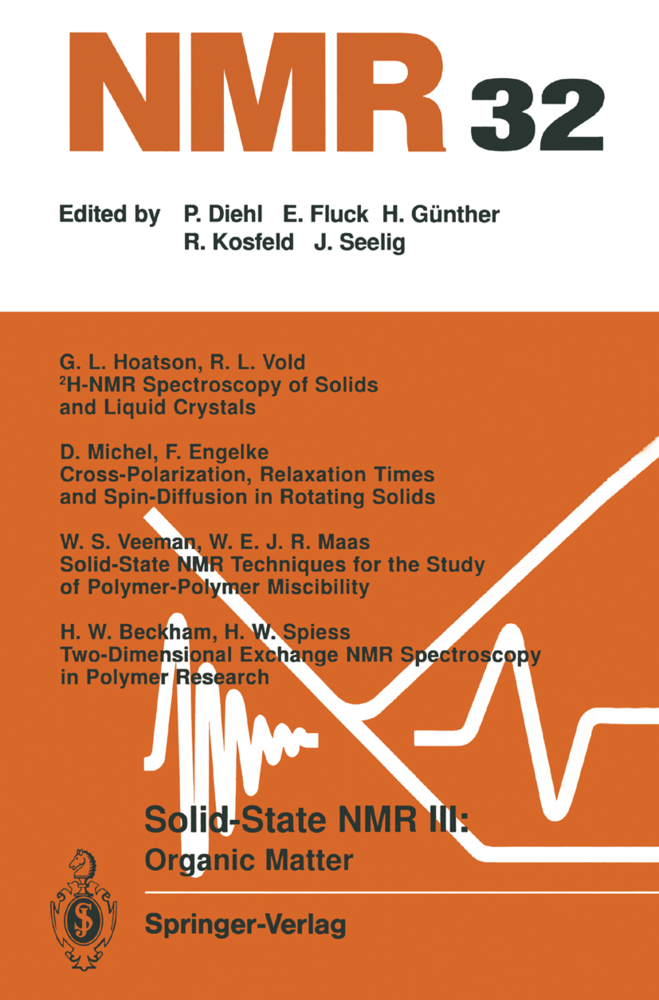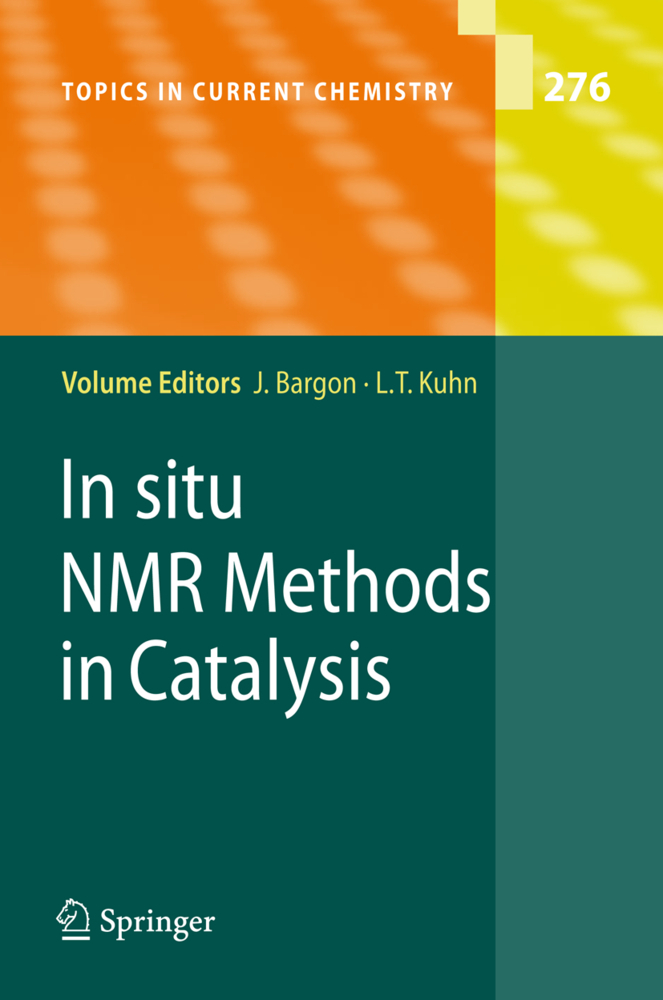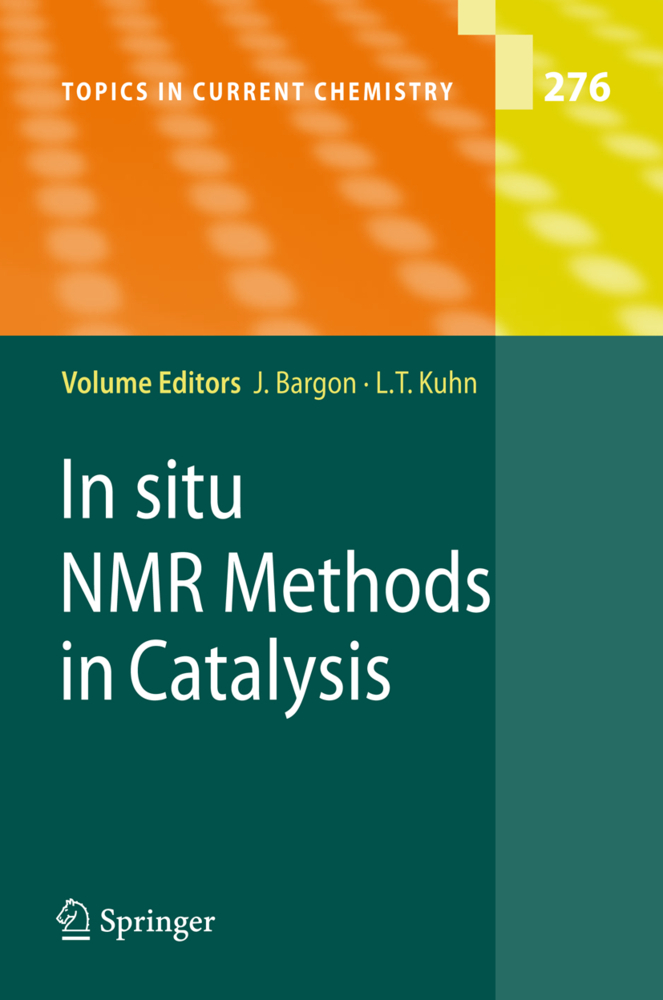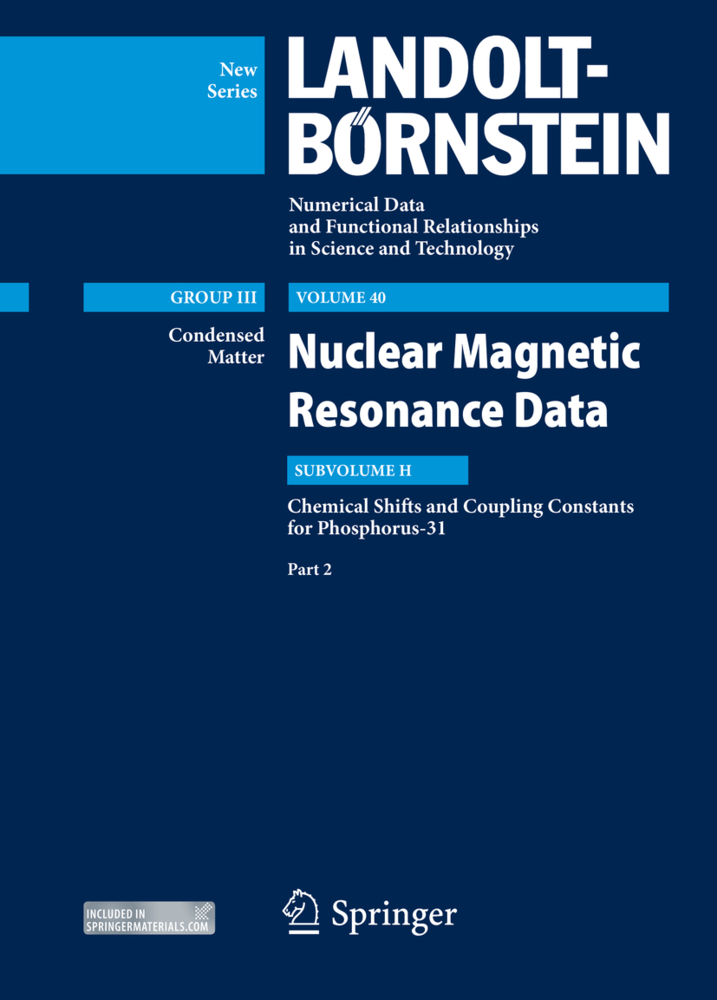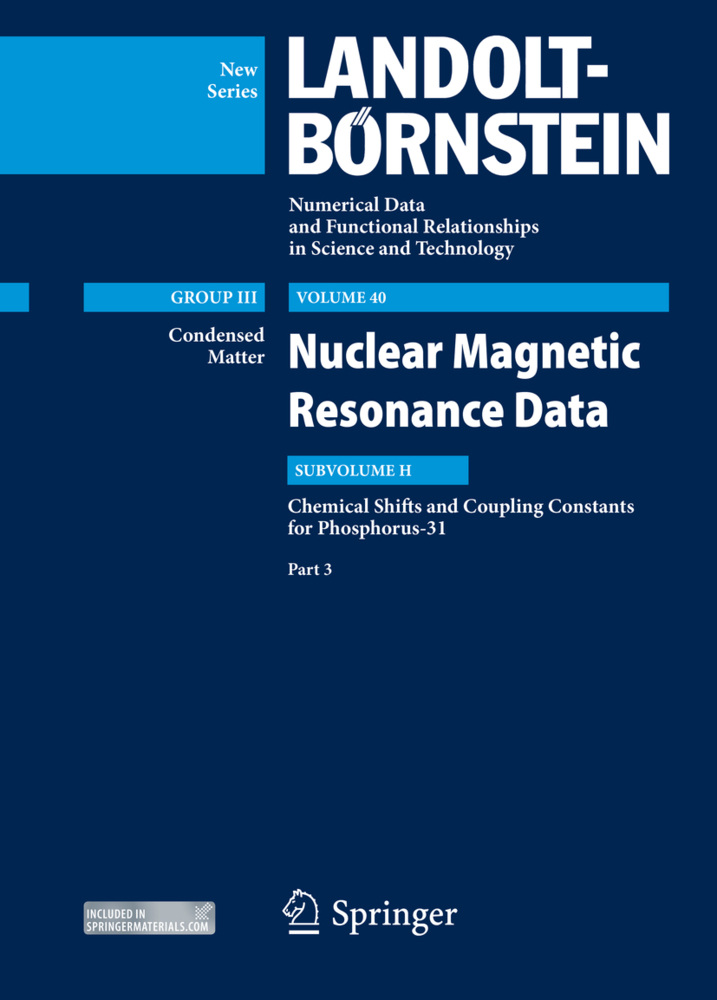Electrons in Fluids
The Nature of Metal-Ammonia Solutions
Electrons in Fluids
The Nature of Metal-Ammonia Solutions
Colloque Weyl I was convened in June 1963 at the Catholic University of Lille to commemorate one hundred years of the study of metal-ammonia solutions. This memorable event, which involved a "single-particle excitation", inspired Gerard Lepoutre to assemble an international group of physicists and chemists to discuss the nature of metal-ammonia solutions. Colloque Weyl II, which took 1969, was initiated as a place at Cornell Universtiy, Ithaca, N.Y. in June "cooperative interaction" between M. J. Sienko, J. L. Dye, J. J. Lagowski, G. Lepoutre and J. C. Thompson. That meeting made it clear that Colloque Weyl should be continued in order to promote the fruitful exchange of ideas set in motion at Lille and at Cornell. Colloque Weyl III came into being as the result of a resolution passed at the Cornell meeting, Tel-Aviv University being the suggested site. The Organizing Committee consisted ofE. D. Bergmann, J. Jortner, J. J. Lagowski, G. Lepoutre, U. Schindewolf and M. J. Sienko, reflecting the international and interdisciplinary aspects of the field.
Metal-Ammonia Solutions: The Dilute Region
Discussion
The Effect of Electrolytes on the Hydrogen-Bonded Structure of Liquid Ammonia
Discussion
Magnetic Relaxation Properties of Dilute Solutions of Sodium in Liquid Ammonia
Chemical Equilibria between Anions and the Ammoniated Electron
Discussion
Metal Solutions in Amines and Ethers
Discussion
Extinction Coefficients of Solutions of Alkali Metals in Amines
Discussion
Ultrafast Optical Processes
Discussion
Quasi-Free Electrons in Polar Liquids
Discussion
Spectra of the Ammoniated Electron in the Presence of Amide
Discussion
Raman Spectroscopy of Metal-Ammonia Solutions
Raman Spectra of Dilute Metal-Ammonia Solutions
General Discussion of Papers by SMITH/KOEHLER and DEBACKER et al
Metal-Ammonia Solutions VIII. Infrared Spectroscopy of the Solvent
Discussion
Metal-Ammonia Solutions: Transition Range
Appendix. A Percolation Process for Metal to Nonmetal Transition in Metal-Ammonia Systems
Thermodynamics and Critical Phenomena in Metal-Ammonia Solutions
Transport Properties of Lithium-Ammonia Solutions in the Intermediate Concentration Range
General Discussion of Papers by LEPOUTRE, DAMAY and LELIEUR et al
NMR Measurements of Self-Diffusion in Lithium-Ammonia and Sodium-Ammonia Solutions
Discussion
Cell e.m.f.'s in Metal-Ammonia Solutions
Discussion
Impedence Behavior of Metal-Ammonia Solid Metal Interface
Discussion
Absorption of Ultrasound in Metal-Ammonia Solutions
Discussion
The Electronic Structures of Disordered Materials
Discussion
Concentrated M-NH3 Solutions: A Review
Discussion
Nuclear Magnetic Resonance Studies of Cesium-Ammonia Solutions
Conductivity of Concentrated Metal-AmmoniaSolutions in the Frequency Range 0-70 GHz
Discussion
Strange Magnetic Behavior and Phase Relations of Metal-Ammonia Compounds
Discussion
On Superconducting Metal-Ammonia Complexes
Discussion
Metallic Vapors
Metal-Nonmetal Transition in Expanded Liquid Mercury
General Discussion of Papers by HENSEL, and EVEN/JORTNER
Metal-Nonmetal Transition and Exciton Screening
Discussion
Mobility Studies of Excess Electrons in Nonpolar Hydrocarbons
Discussion
Excitons in Liquids and the Energy of the Quasi-Free Electron State
Discussion
Electron Localization in Dense He Gas
Discussion
Excess Electron States in Dense Polar Vapors
Discussion
Optical Absorption Spectrum of the Solvated Electron in Ethers and in Binary Liquid Systems
Discussion
Radiolytic and Photolytic Formation of Stable eam? in Amide Solutions
Kinetic Studies of Reactions Involving the Ammoniated Electron
Comments on Electron Transfer Reactions
Discussion
"Spin Off" Solvated Electron Research
Color Plates.
Theory of Electrons in Polar Fluids
DiscussionMetal-Ammonia Solutions: The Dilute Region
Discussion
The Effect of Electrolytes on the Hydrogen-Bonded Structure of Liquid Ammonia
Discussion
Magnetic Relaxation Properties of Dilute Solutions of Sodium in Liquid Ammonia
Chemical Equilibria between Anions and the Ammoniated Electron
Discussion
Metal Solutions in Amines and Ethers
Discussion
Extinction Coefficients of Solutions of Alkali Metals in Amines
Discussion
Ultrafast Optical Processes
Discussion
Quasi-Free Electrons in Polar Liquids
Discussion
Spectra of the Ammoniated Electron in the Presence of Amide
Discussion
Raman Spectroscopy of Metal-Ammonia Solutions
Raman Spectra of Dilute Metal-Ammonia Solutions
General Discussion of Papers by SMITH/KOEHLER and DEBACKER et al
Metal-Ammonia Solutions VIII. Infrared Spectroscopy of the Solvent
Discussion
Metal-Ammonia Solutions: Transition Range
Appendix. A Percolation Process for Metal to Nonmetal Transition in Metal-Ammonia Systems
Thermodynamics and Critical Phenomena in Metal-Ammonia Solutions
Transport Properties of Lithium-Ammonia Solutions in the Intermediate Concentration Range
General Discussion of Papers by LEPOUTRE, DAMAY and LELIEUR et al
NMR Measurements of Self-Diffusion in Lithium-Ammonia and Sodium-Ammonia Solutions
Discussion
Cell e.m.f.'s in Metal-Ammonia Solutions
Discussion
Impedence Behavior of Metal-Ammonia Solid Metal Interface
Discussion
Absorption of Ultrasound in Metal-Ammonia Solutions
Discussion
The Electronic Structures of Disordered Materials
Discussion
Concentrated M-NH3 Solutions: A Review
Discussion
Nuclear Magnetic Resonance Studies of Cesium-Ammonia Solutions
Conductivity of Concentrated Metal-AmmoniaSolutions in the Frequency Range 0-70 GHz
Discussion
Strange Magnetic Behavior and Phase Relations of Metal-Ammonia Compounds
Discussion
On Superconducting Metal-Ammonia Complexes
Discussion
Metallic Vapors
Metal-Nonmetal Transition in Expanded Liquid Mercury
General Discussion of Papers by HENSEL, and EVEN/JORTNER
Metal-Nonmetal Transition and Exciton Screening
Discussion
Mobility Studies of Excess Electrons in Nonpolar Hydrocarbons
Discussion
Excitons in Liquids and the Energy of the Quasi-Free Electron State
Discussion
Electron Localization in Dense He Gas
Discussion
Excess Electron States in Dense Polar Vapors
Discussion
Optical Absorption Spectrum of the Solvated Electron in Ethers and in Binary Liquid Systems
Discussion
Radiolytic and Photolytic Formation of Stable eam? in Amide Solutions
Kinetic Studies of Reactions Involving the Ammoniated Electron
Comments on Electron Transfer Reactions
Discussion
"Spin Off" Solvated Electron Research
Color Plates.
| ISBN | 978-3-642-61964-9 |
|---|---|
| Artikelnummer | 9783642619649 |
| Medientyp | Buch |
| Auflage | Softcover reprint of the original 1st ed. 1973 |
| Copyrightjahr | 2011 |
| Verlag | Springer, Berlin |
| Umfang | XII, 494 Seiten |
| Abbildungen | XII, 494 p. |
| Sprache | Englisch |

